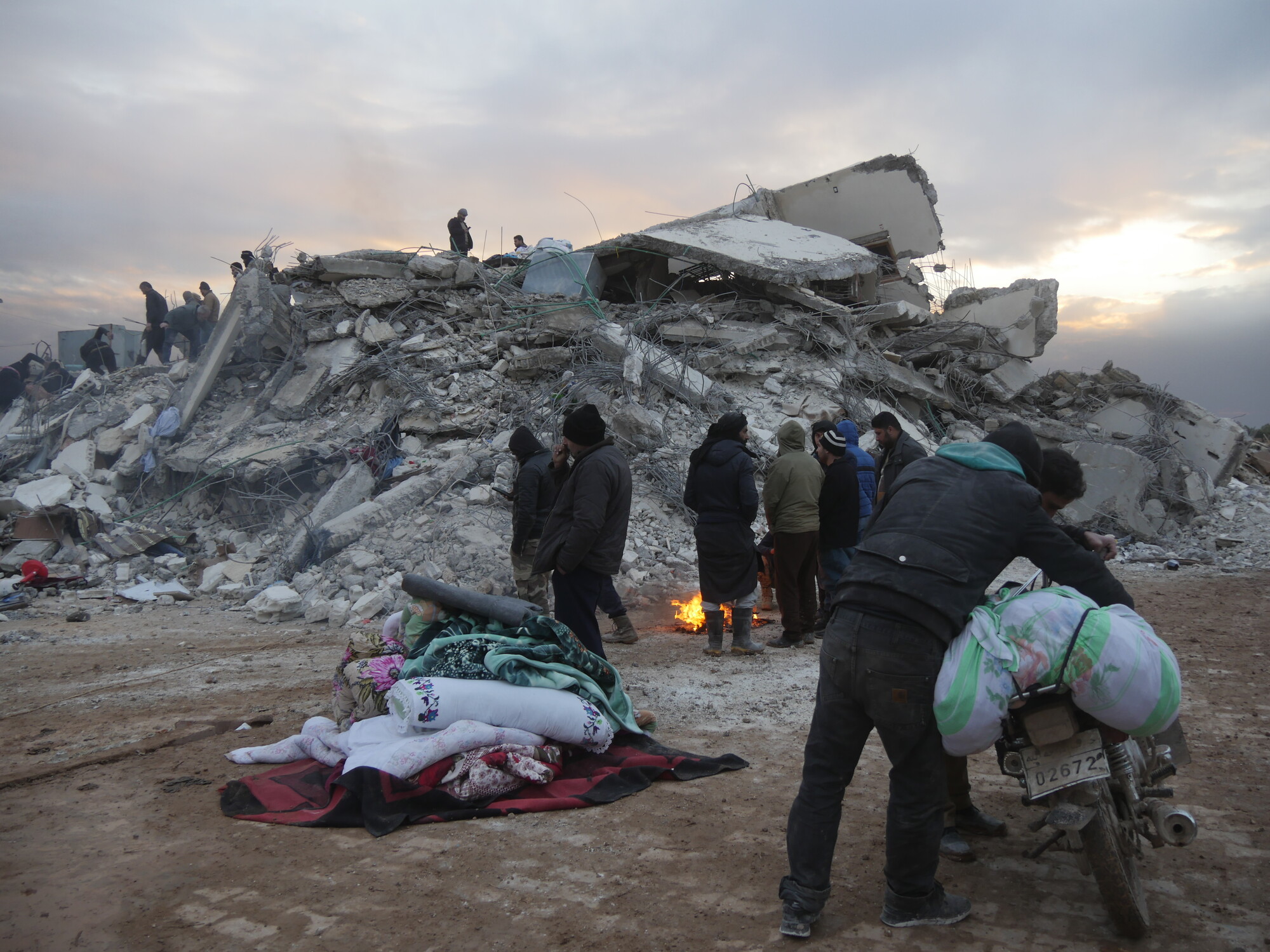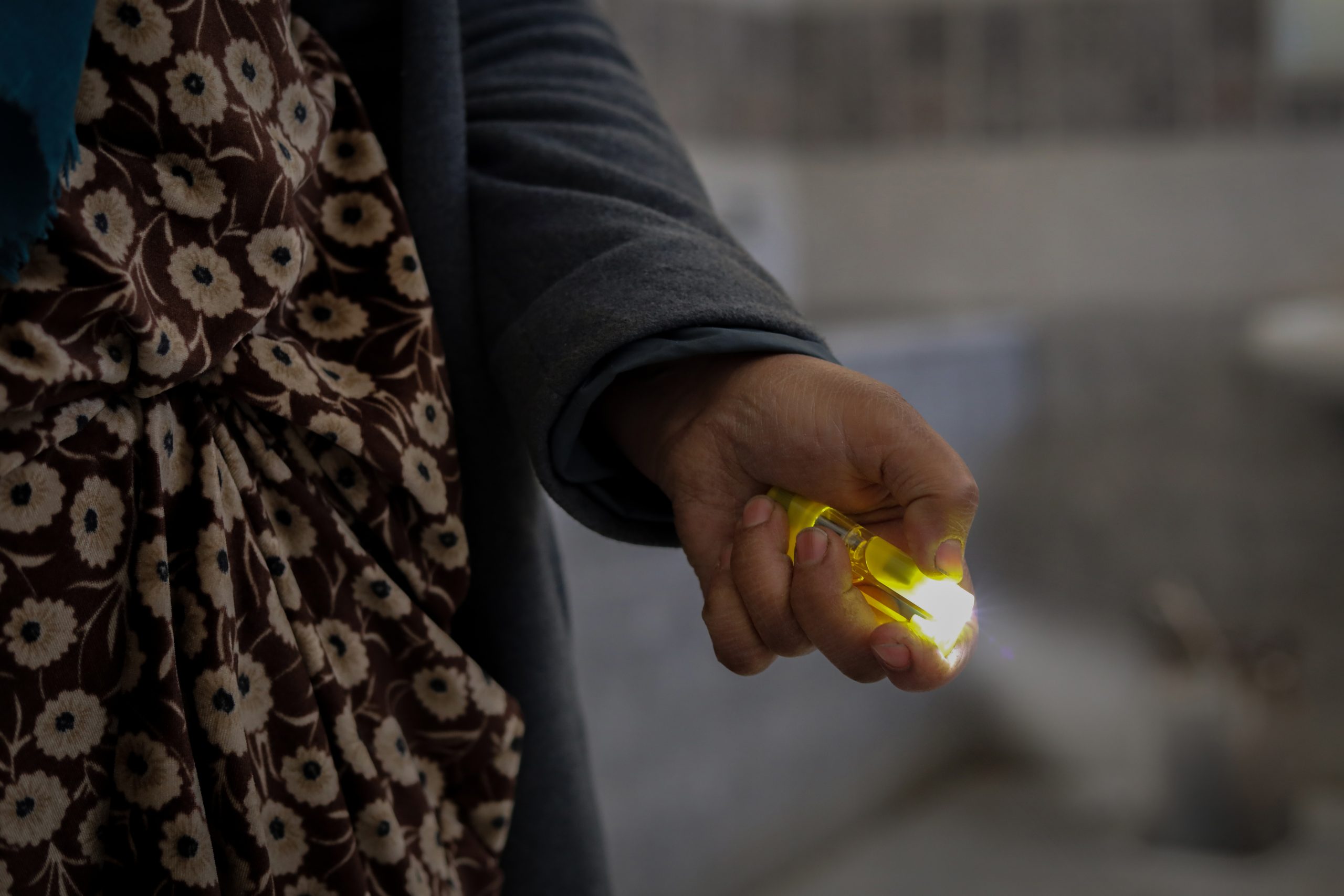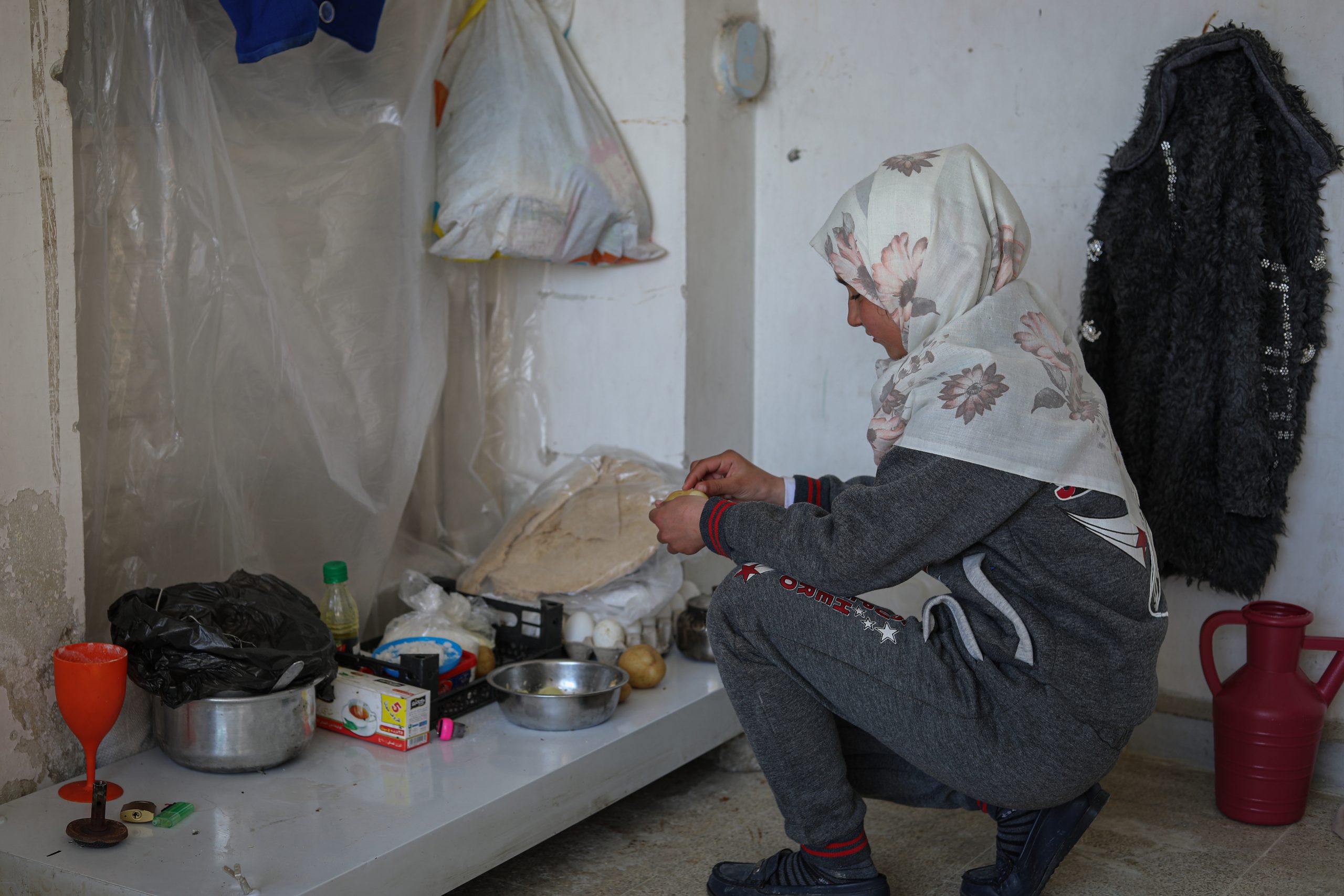A day in Aleppo post-earthquake; how Syrians will survive this new cruel chapter

Walking the streets of Aleppo right after the devastating earthquake that hit the country on February 6, I was struck by the heavy silence hanging over the city. People were wandering in the streets aimlessly in the cold morning . Some have lost their loved ones, some have seen their houses pummeled to the ground in front of their eyes, and others fear their buildings could collapse on top of them. Everyone looked scared and tired.
Moving around the city, I saw rooftops brought to the ground, furniture scattered underneath and owners of some houses desperately attempting to pull out sentimental items like old pictures or personal documents from under the heaps of rubble. The scene was heartbreaking that I felt a lump in my throat. This is the worst earthquake that hit the country in a century. Thousands of people lost their lives under the collapsed buildings, many more were injured, and tens of thousands were forced to leave their homes fearing they collapse.

Surviving the horrors of the earthquake
In Hellok, one of Aleppo’s neighborhoods, where people gathered in a park away from buildings, I approached a group of women about that ‘Black night’ [the night of the earthquake as they later described it]. They were sitting on the floor having nothing except what they put on when they rushed out of their homes. Some children were barefooted, while others were wearing some light clothes despite freezing temperature.
Mariam, a 52-year-old woman, talked about the chaotic night with all the pain. She described the faint sound she heard when the earthquake hit. At first, she thought it was a sound of a shell landing nearby, but the sound soon became more deafening as it got louder.
“It took us a few minutes before we realized that this was a quake. It was as if the earth was breathing and with every breath, the whole building swayed right and left. Those few seconds were an eternity,” Mariam said through tears.
Mariam and her family had to spend that night outdoor under the heavy freezing rain. They first moved to a nearby mosque and then to a shelter and they never got back home ever since.
Six weeks after the earthquake, I can still see people like Mariam sitting in parks or in small tents, with no idea what they will do next. For them, the future is bleaker than any time and their home which was once a ‘safe haven’, is no longer a place of comfort or safety.

What is it like to stay in a shelter
People escaped their unsafe or even collapsed buildings to stay in nearby hastily setup shelters that are massively overcrowded. In one school-turned-shelter I visited in Aleppo, 52 people were crammed into one small room, without enough blankets, mattresses or even separations to give a bit of privacy to each family.
“We’re only receiving one meal a day,” Samira said. The 11-year-old girl had to move out of the rented apartment she's been living in with her mother and two sisters due to serious cracks in the walls and now shares a room with other families.
Water isn’t always enough to cover the needs in the shelter. “We have not taken a shower for almost 12 days,” Samira explained.
And even if water was available, women told us it is incredibly unsafe for them to use a facility without a door lock or enough lighting.
“This will leave us vulnerable if someone else walks in,” the women said.
A long battle ahead
The shock of the earthquake piled on top of 12 years of brutal war marked by crumbling infrastructure, financial collapse, COVID-19, soaring food prices and a recent cholera outbreak, is forcing more and more people deeper into poverty.
No one really knows when the ramifications of this quake will be over. But what we do know, is it can engulf entire communities and can last for months if not years, if Syrians are not offered enough support that can help them live with dignity.
Our Oxfam team along with our partners, are providing safe drinking water and installing water tanks to increase the storage capacity in shelters. We are repairing damaged water systems; distributing hygiene items in affected communities; supported safety checks to buildings and fixed water taps and toilets in shelters.
While we are stepping up efforts to support vulnerable people, much more support is still needed to help Syrians get back on their feet. We know that this will be a long journey in helping people rebuild their lives again.

